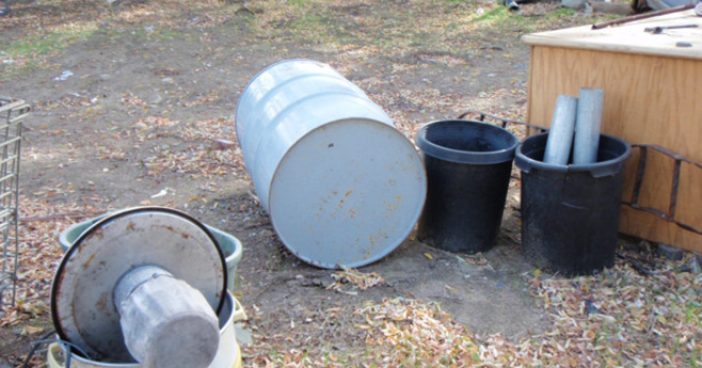On June 27, 2012, California Governor Jerry Brown signed Senate Bill (SB) 1018, which contains the necessary statutory and technical changes to implement the Budget Act of 2012 related to resources (leginfo.ca.gov). As part of SB 1018, the Department of Toxic Substances Control (DTSC) Environmental Assessor Program was officially disbanded. In their words, the program was identified as being “unnecessary, unenforceable, and largely duplicative.”
For those that aren’t familiar with the term “Qualified Environmental Professional”, the United States Environmental Protection Agency (EPA) adopted the All Appropriate Inquiries (AAI) Rule which defines an “Environmental Professional” as someone who “possesses sufficient specific education, training, and experience necessary to exercise professional judgment to develop opinions and conclusions regarding conditions indicative of releases or threatened releases of hazardous substances on, at, in, or to a property, sufficient to meet the objectives and performance factors of the rule.”
which defines an “Environmental Professional” as someone who “possesses sufficient specific education, training, and experience necessary to exercise professional judgment to develop opinions and conclusions regarding conditions indicative of releases or threatened releases of hazardous substances on, at, in, or to a property, sufficient to meet the objectives and performance factors of the rule.”
In addition, based on AAI Rule, an environmental professional must have:
- A state or tribal issued certification or license and three years of relevant full-time work experience; or
- A baccalaureate degree or higher in science or engineering and five years of relevant full-time work experience; or
- Ten years of relevant full-time work experience.
These requirements surpass the level of experience than the REA I program required in California – resulting in confusion, uncertainty, and potentially the loss of liability protections. Furthermore, registrants in the California REA program self-certified their qualifications and, according to DTSC, there was no way to confirm their educational and professional experience.
The goal of the elimination of the REA program is to standardize requirements for environmental professionals conducting environmental assessments under other statutory programs, and make them consistent with federal requirements, according to formal correspondence from the Department of Toxic Substance Control.
The “AAI” standard is a process of evaluating a property’s environmental conditions and assessing the likelihood of any contamination. Every Phase I assessment conducted with EPA Brownfields Assessment Grant funds must be conducted in compliance with the All Appropriate Inquiries Final Rule at 40 CFR Part 312. The All Appropriate Inquiries Final Rule provides the ASTM E1527-05 standard is consistent with the requirements of the final rule and may be used to comply with the provisions of the rule.
To ensure the quality of all appropriate inquiries, the final rule includes specific educational and experience requirements for an environmental professional. The definition applies only to persons conducting all appropriate inquiries for the specific purposes outlined in the final rule.
In summary, the removal and disbandment of the REA program in California should simplify the process for those hiring environmental consulting experts to prepare Phase I Environmental Site Assessments because they will be ensured that the liability protections offered under the Brownfields Amendments will now apply to them when they hire a “qualified environmental professional” that adheres to the AAI rule. So as any contractor will tell you – measure twice and cut once – in this case, those hiring consultants to prepare Phase I Environmental Site Assessments can check credentials twice and hire once.
If you have questions regarding Phase I Environmental Assessments and/or qualified environmental professionals, please contact FirstCarbon Solutions and we will be glad to assist you.





